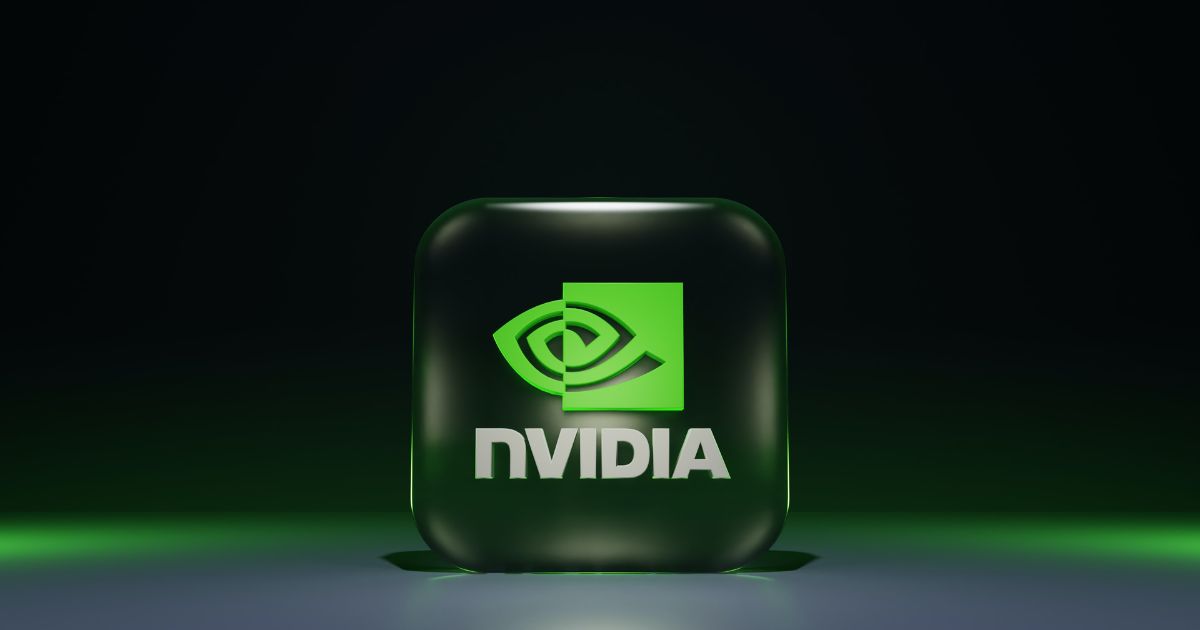Nvidia Inc. (NVDA)
Analyst Coverage Update:
Nvidia Corporation (NVDA) remains a top pick among analysts, with Rosenblatt Securities (Analyst Rank #51) recently reaffirming their “Buy” rating and maintaining a target price of USD 200 per share. This reflects strong confidence in Nvidia’s performance and future growth potential.
Consensus Forecast Analysis
Currently, the average target price for Nvidia, based on forecasts from 40 analysts, stands at USD 193.91 over the next 12 months. The consensus rating is a “Strong Buy,” indicating widespread optimism about Nvidia’s prospects. Stock Target Advisor also gives a “Slightly Bullish” rating, supported by 11 positive signals compared to 6 negative ones.
At its latest close of USD 128.50, Nvidia’s stock has shown impressive growth, appreciating by +8.82% over the past week and +8.96% over the past month. Over the past year, the stock has surged by an extraordinary +173.60%. This dramatic rise underscores Nvidia’s robust market performance and investor confidence.
Fundamental Analysis
Positive Fundamentals
1. Superior Risk-Adjusted Returns:
Nvidia has consistently delivered superior risk-adjusted returns compared to its sector peers over a holding period of at least 12 months. This performance places it in the top quartile, reflecting its ability to generate high returns relative to the risk taken.
2. Positive Cash Flow:
The company has demonstrated positive total cash flow over the past four quarters. This stability in cash flow is a strong indicator of Nvidia’s financial health and operational effectiveness.
3. Positive Free Cash Flow:
Nvidia also boasts positive free cash flow in the most recent four quarters. Free cash flow is crucial as it represents the cash available after capital expenditures, which can be used for dividends, debt reduction, or reinvestment in growth.
4. Superior Return on Assets (ROA):
Nvidia’s management has achieved a superior return on assets compared to its peers, placing it in the top quartile. This indicates efficient use of assets to generate profits.
5. Superior Capital Utilization:
The company’s return on invested capital is also among the best in its sector. Nvidia’s ability to utilize its capital effectively supports its strong financial performance.
6. High Market Capitalization:
As one of the largest entities in its sector, Nvidia’s high market capitalization contributes to its stability. Larger companies often have more robust financial resources and greater market influence.
7. Superior Revenue Growth:
Nvidia has achieved top quartile revenue growth over the past five years. This consistent growth underscores its ability to expand its market presence and capture new opportunities.
8. Superior Earnings Growth:
Similarly, Nvidia has shown impressive earnings growth, placing it in the top quartile relative to its sector. This reflects strong operational efficiency and profitability.
9. High Gross Profit to Asset Ratio:
The company’s high gross profit to asset ratio indicates that Nvidia is able to generate substantial profits relative to its asset base. This ratio is a key measure for long-term value investors.
10. High Dividend Returns:
Despite Nvidia’s strong performance in other areas, its high dividend returns also stand out. The stock has outperformed its peers in terms of average annual dividend returns over the past five years, making it attractive for income-focused investors.
11. Superior Return on Equity (ROE):
Nvidia’s return on equity is notably high, reflecting effective management and strong shareholder value creation.
Negative Fundamentals
1. Overpriced Compared to Book Value:
The stock is currently trading at a high price relative to its book value compared to peers. This could suggest that Nvidia’s stock may be overvalued based on its underlying assets.
2. Overpriced Compared to Earnings:
Nvidia’s price-to-earnings ratio is elevated compared to its peers and the sector median. This high valuation might deter value investors seeking stocks trading at lower multiples.
3. Below Median Total Returns:
In the past five years, Nvidia has underperformed its peers on annual average total returns. This could indicate potential issues with long-term returns despite its current growth trajectory.
4. High Volatility:
The stock has experienced significant volatility, with total returns being more volatile than the sector median. Investors should be prepared for potential fluctuations in stock price.
5. Overpriced on Cash Flow Basis:
Nvidia’s price-to-cash-flow ratio is high relative to its peers. This suggests that the stock may be trading at a premium compared to the cash flows it generates.
6. Overpriced on Free Cash Flow Basis:
The stock’s price-to-free-cash-flow ratio is also elevated, which could indicate that investors are paying a premium for Nvidia’s free cash flow generation.
Final Analysis & Outlook
Nvidia’s stock presents a mixed picture of strong operational performance and high valuation metrics. Its superior risk-adjusted returns, positive cash flow, and high revenue and earnings growth highlight its robust financial health and market leadership. However, the stock’s high valuation on various metrics, coupled with volatility and underperformance in total returns, suggests caution. Investors should weigh Nvidia’s impressive operational strengths against its high valuation and potential for price fluctuations when considering an investment.

STA Research (StockTargetAdvisor.com) is a independent Investment Research company that specializes in stock forecasting and analysis with integrated AI, based on our platform stocktargetadvisor.com, EST 2007.
































